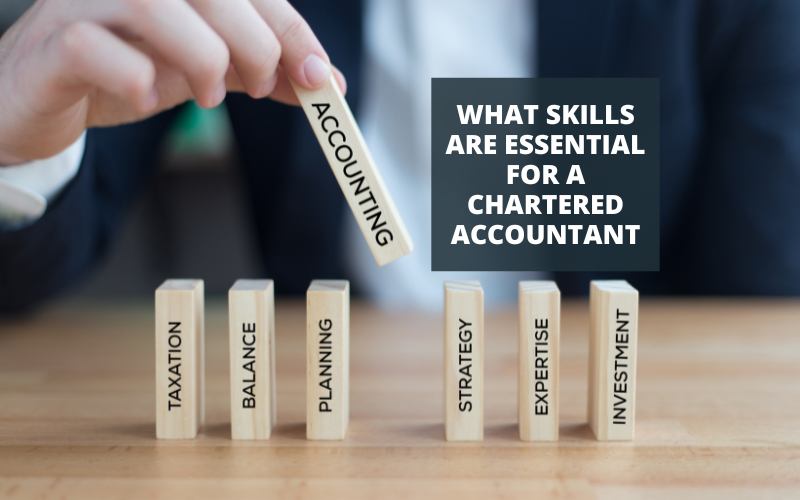In today’s complex world, understanding and mitigating risks is crucial in various industries. Barrier analysis is a systematic approach used to identify, analyze, and assess the effectiveness of barriers or controls that prevent or mitigate undesired events. This analytical technique is essential in sectors such as healthcare, aviation, oil and gas, and manufacturing, where safety and risk management are paramount. This blog will delve into the key concepts of barrier analysis and its applications across different industries.
What is Barrier Analysis?
Barrier evaluation is a risk assessment method focused on identifying and evaluating the barriers that prevent hazards from leading to accidents or incidents. Barriers can be physical, procedural, or human factors designed to protect against the occurrence of undesired events. The primary goal of barrier analysis is to ensure that these safeguards are effective and reliable.
Key Concepts in Barrier Analysis
- Barriers and Controls: Barriers are measures or controls put in place to prevent, detect, or mitigate the impact of hazards. These can be physical barriers (e.g., safety guards), procedural barriers (e.g., safety protocols), or human barriers (e.g., training and competency).
- Hazards and Risks: A hazard is a potential source of harm, while risk is the likelihood of the hazard leading to an undesired event. Barrier assessment helps in identifying hazards and assessing the risks associated with them.
- Event Tree Analysis (ETA): ETA is a method used in Barrier assessment to model the pathways from an initiating event to potential outcomes. It helps in visualizing the effectiveness of barriers in preventing the progression of an event.
- Bowtie Model: The Bowtie model is a widely used tool in Barrier evaluation that combines fault tree analysis and event tree analysis. It visually represents the pathways from hazards to outcomes, showing the barriers in place to prevent or mitigate events.
- Barrier Effectiveness: This refers to the ability of a barrier to perform its intended function under specific conditions. Barrier effectiveness is influenced by factors such as reliability, robustness, and the environment in which the barrier operates.
Applications of Barrier Analysis
Barrier evaluation is applicable in various industries where safety and risk management are critical. Here are some notable applications:
- Healthcare: In healthcare, barrier assessment is used to improve patient safety and reduce medical errors. For example, barriers such as checklists, standardized procedures, and electronic health records help prevent medication errors, surgical mistakes, and other adverse events.
- Aviation: The aviation industry relies heavily on barrier assessment to ensure the safety of flights. Barriers include pilot training programs, maintenance protocols, safety checks, and advanced navigation systems. These measures help prevent accidents and incidents during flights.
- Oil and Gas: The oil and gas sector uses barrier evaluation to manage risks associated with drilling, production, and transportation. Barriers such as blowout preventers, safety protocols, and emergency response plans are crucial in preventing accidents and mitigating the impact of potential hazards.
- Manufacturing: In manufacturing, Safeguard Assessment helps identify risks related to machinery operation, chemical handling, and production processes. Safety guards, automated shutdown systems, and employee training programs serve as barriers to protect workers and ensure safe operations.
- Nuclear Industry: The nuclear industry employs Safeguard Assessment to ensure the safety and security of nuclear facilities. Barriers include containment structures, safety protocols, radiation monitoring systems, and emergency preparedness plans.
Steps in Conducting Barrier Analysis
Conducting barrier assessment involves several steps to systematically identify and assess barriers. Here’s a step-by-step guide:
- Identify Hazards: The first step is to identify potential hazards that could lead to undesired events. This involves reviewing historical data, conducting hazard identification workshops, and consulting industry standards.
- Analyze Potential Events: Once hazards are identified, analyze the potential events that could result from these hazards. This step includes developing event scenarios and understanding the possible consequences.
- Identify Existing Barriers: Identify the barriers currently in place to prevent or mitigate the identified events. This involves reviewing safety protocols, inspecting physical barriers, and assessing human factors.
- Assess Barrier Effectiveness: Evaluate the effectiveness of each barrier in preventing or mitigating the identified events. This includes assessing the reliability, robustness, and overall performance of the barriers.
- Identify Gaps and Weaknesses: Identify any gaps or weaknesses in the existing barriers that could compromise their effectiveness. This step helps in understanding where improvements or additional barriers are needed.
- Develop Action Plans: Based on the assessment, develop action plans to address gaps and improve barrier effectiveness. This may involve implementing new barriers, enhancing existing ones, or conducting additional training for personnel.
- Monitor and Review: Continuously monitor the performance of barriers and review the effectiveness of the action plans. Regular updates and assessments ensure that barriers remain effective in mitigating risks.
Benefits of Barrier Analysis
Barrier evaluation offers several benefits in enhancing safety and risk management:
- Proactive Risk Management: Barrier evaluation allows organizations to identify and address risks before they lead to incidents, promoting a proactive approach to safety.
- Enhanced Safety Culture: By focusing on barriers and controls, organizations can foster a culture of safety where employees are aware of potential risks and committed to maintaining effective barriers.
- Improved Decision-Making: The insights gained from barrier assessment help in making informed decisions about safety measures, resource allocation, and risk management strategies.
- Compliance with Standards: Barrier evaluation ensures that organizations comply with industry standards and regulatory requirements related to safety and risk management.
Conclusion
Barrier analysis is a critical tool in risk management, providing a systematic approach to identifying and assessing the effectiveness of barriers that prevent or mitigate undesired events. By applying barrier evaluation, industries such as healthcare, aviation, oil and gas, manufacturing, and nuclear can enhance safety, reduce risks, and ensure the well-being of their operations and personnel. Understanding the key concepts and applications enables organizations to implement robust safety measures and achieve a higher level of operational resilience.
Why Choose Us?
Accolade Measurement specializes in precision instruments for industrial and scientific applications. They offer a range of high-quality measurement tools including calipers, micrometers, and gauges, designed to meet the stringent demands of various sectors. With a commitment to accuracy and reliability, Accolade Measurement ensures precise and consistent results for its customers.
Featured Image by Freepik.




